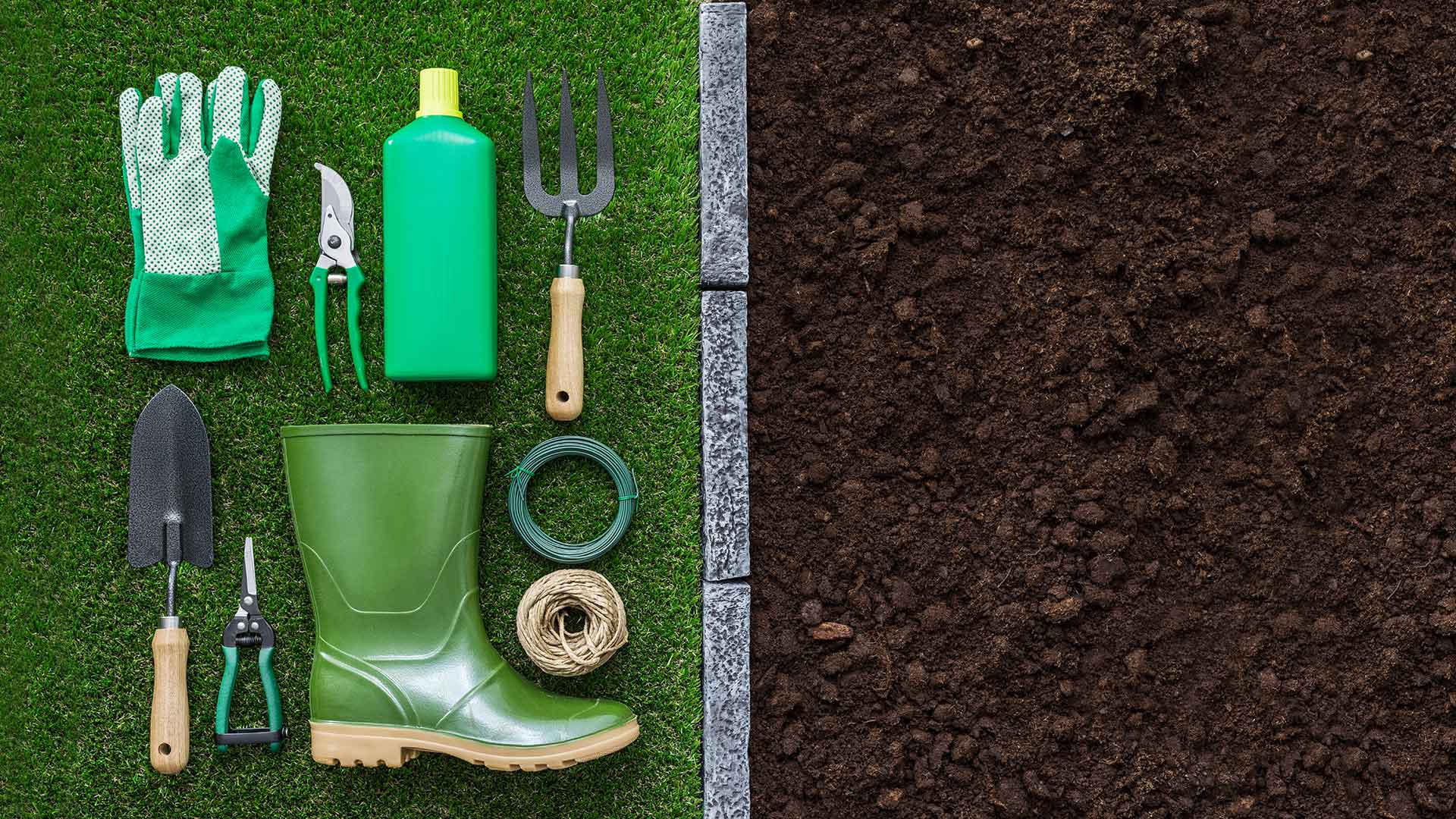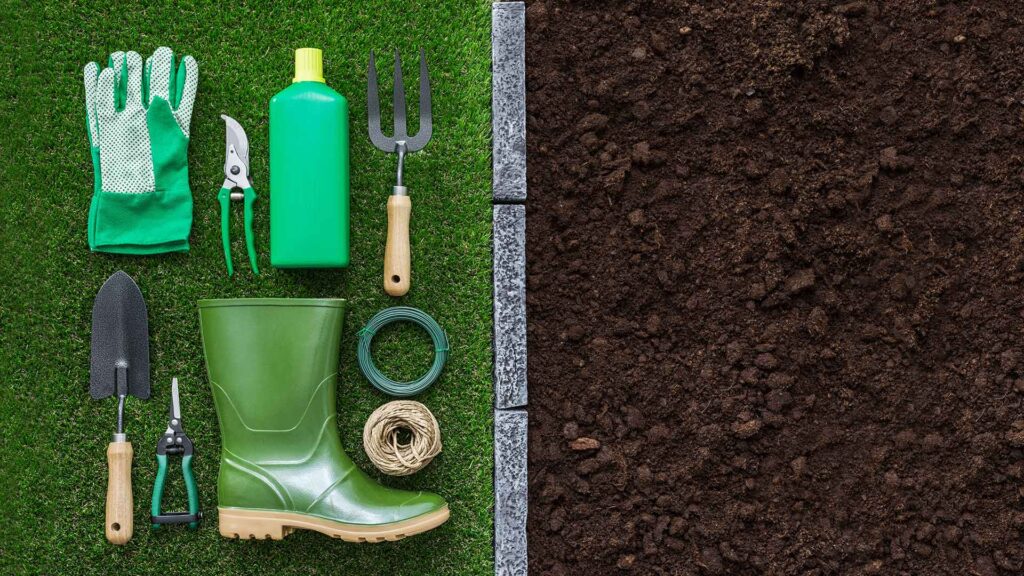Most dirt diggers love garden tools. They love looking at and trying new ones, and relish finding old, well used tools at auctions or yard sales. Expect some off-season tool withdrawal, followed by an uptick in purchases. Finding and purchasing tools is a personal joy for many gardeners. Some put in a lot of research and trial, others may be happy with friend or family recommendations. Either technique may turn out the perfect tool to user match. If time is taken to know the tools needed and to know the tools wanted, you will know the difference between the two.
To figure out which tools are needed, gain an understanding of the work level required for each part of the landscape. Identify and list the tasks for which you have primary responsibility. Next to each task, list the tools required to get the job done safely and efficiently. Example: lawn care – mower, trimmer, edger, rake, and a drop seeder/feeder (as well as all shop tools required for home maintenance). List all tools for each task, which may be a substantial list. But creating these lists offers a great opportunity to cross reference and consolidate needs and to cut back on tools to purchase, maintain, and store. It also offers a chance to evaluate and/or justify purchasing outside services.
With list in hand, how do you choose which one is the best fit? Check reviews, then evaluate and test. Learn the characteristics of each model and narrow the choices based on price and longevity. Cheaply made tools are not built for long term use and maintenance but they have their place. Throw away tools can be useful for tasks that gum them up making proper cleaning and disinfesting difficult. Quality tools – those that are expected to live and work hard in the garden for many years – are a good investment. Buy quality and total replacements happen less often, if at all. Frequent and heavy garden use requires tools that are strong and lightweight, and designed with longevity and ergonomics in mind. Terrific lightweight metal alloys are available and used to make blades strong and durable. Look for those with enough oomph to hold an edge through a decent amount of usage and handle frequent sharpening. Ergonomic studies have resulted in handle designs and tool structures causing less fatigue over long use times. The new developments, in materials and design, have widened the audience now able to enjoy using garden tools.
Favorite secateurs (hand pruners) for daily heavy use are ARS, Felco, and Okatsune. All are available in different models and sizes to accommodate individual hand size, strength, and intended use. Blade composition on all of them hold up to repeated use and respond well to “home” sharpening. Garden hoes are some of the handiest items in the arsenal for weed removal and shallow soil fluffing. Depending on the preference for pushing or pulling, there are many long and short handled choices available. When weeding around delicate stems or in a perennial bed, you may want to try a circle hoe or a stirrup hoe. The outer edges on those two are not sharpened, resulting in less collateral damage. Shovels and garden forks are easy to break and rather than replace (even if guaranteed) try one from Bully or Pro-Lite. They have been holding up well under massive pressure exerted throughout extended use.
Individual tool requirements vary for weight, design, and ease of handling. Purchasing without being able to try the tools can be disappointing. Each hand is unique, and as everyone’s motion of use will vary, response is different to each tool shape as well as how each is held. Simulating use allows twisting, turning, and manipulating all the potential tool choices to get a good sense of appropriate tool to hand fit. Trying many will get you the right tool.

